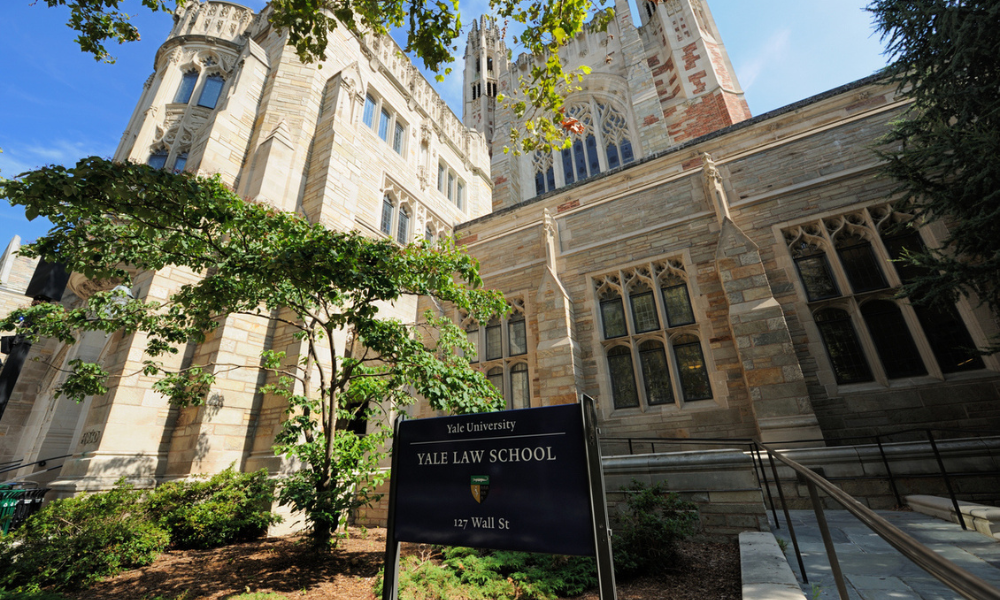In the first customs case to be heard by the Supreme Court of Canada in four decades, the high court has allowed the appeal of the Attorney General of Canada in a decision of the Federal Court of Appeal overturning a decision of the Canadian International Trade Tribunal.
"This was the first time the SCC had considered a customs classification case in almost 40 years," says Jan Brongers, lead counsel for the appellant, "and the first time it had had a chance to look at customs classification law" since Canada signed on to the International Convention on the Harmonized Commodity Description and Coding System in 1988.
The respondent in the case, Igloo Vikski Inc., imported hockey gloves. Igloo Vikski Inc. later requested refunds of duties paid, claiming the goods should be reclassified. The Canada Border Services Agency classified five models of sports gloves, designed for ice hockey goaltenders, as "gloves, mittens ands and mitts" under tariff item No. 62.16 of the Convention, rejecting the respondent's position that they be classified under tariff item No. 39.26 of the Customs Tariff as "articles of plastic." The CITT dismissed the appeal by Igloo Vikski, but the Federal Court of Appeal allowed it and referred the matter back for adjudication.
"The primary issue in this appeal was the manner in which the General Rules for Interpretation of the Harmonized System in the Customs Tariff ought to be applied in the case of a composite good (i.e., a good made up of multiple materials--like textiles and plastics)," Brongers told Legal Feeds.
In its reasons for judgment, he added, the majority of the SCC confirmed that the General Rules provide that the first step in the classification exercise is to determine whether the goods fall within the description of a heading (Rule 1). If necessary, reference is then made to the supplementary classification rules (Rule 2 and following).
"These supplementary rules include the notion that composite goods can be deemed to be included within a heading even if the heading only expressly references one of the materials the good is made from (Rule 2(b)), and the notion that composite goods can sometimes be classified on the basis of which material gives the good its essential character (Rule 3(b))," Brongers says. Classification must also be done by having regard to the Explanatory Notes to the Harmonized System. In its decision, the court described this approach to interpreting the General Rules as being "hierarchical" rather than "cascading" (a term found in earlier jurisprudence written by the Federal Court of Appeal). In particular, the court accepted that Rule 1 must still be taken into account conjunctively when Rule 2(b) is applied, Brongers explained.
"Practically speaking, this means that a composite good that can only be described under one single heading must be classified under that heading."
In concluding that the CITT had misapplied the General Rules for the Interpretation of the Harmonized System, the Federal Court of Appeal misapprehended their structure, the SCC said in its decision, penned by Justice Russell Brown. Justice Suzanne Cote dissented, finding that the CITT's decision "falls well outside the range of reasonable interpretations."
Brongers described two takeaways from the judgement.
"The first was that the Supreme Court dealt with the interpretive principles to be applied to this international Convention, describing it as being a hierarchical system rather than being a cascading system."
Second, he says, it confirmed that significant deference is supposed to be given by the Federal Court of Appeal when it conducts judicial reviews of Canadian International Trade Tribunal customs classification decisions.
"So what the Supreme Court of Canada dealt with in this case, in part, is the question of, to what extent should the Federal Court of Appeal be deferential to the Canadian International Trade Tribunal`s decisions? And [the Court] confirmed that a significant amount of deference should be given to the Tribunal`s decisions."










